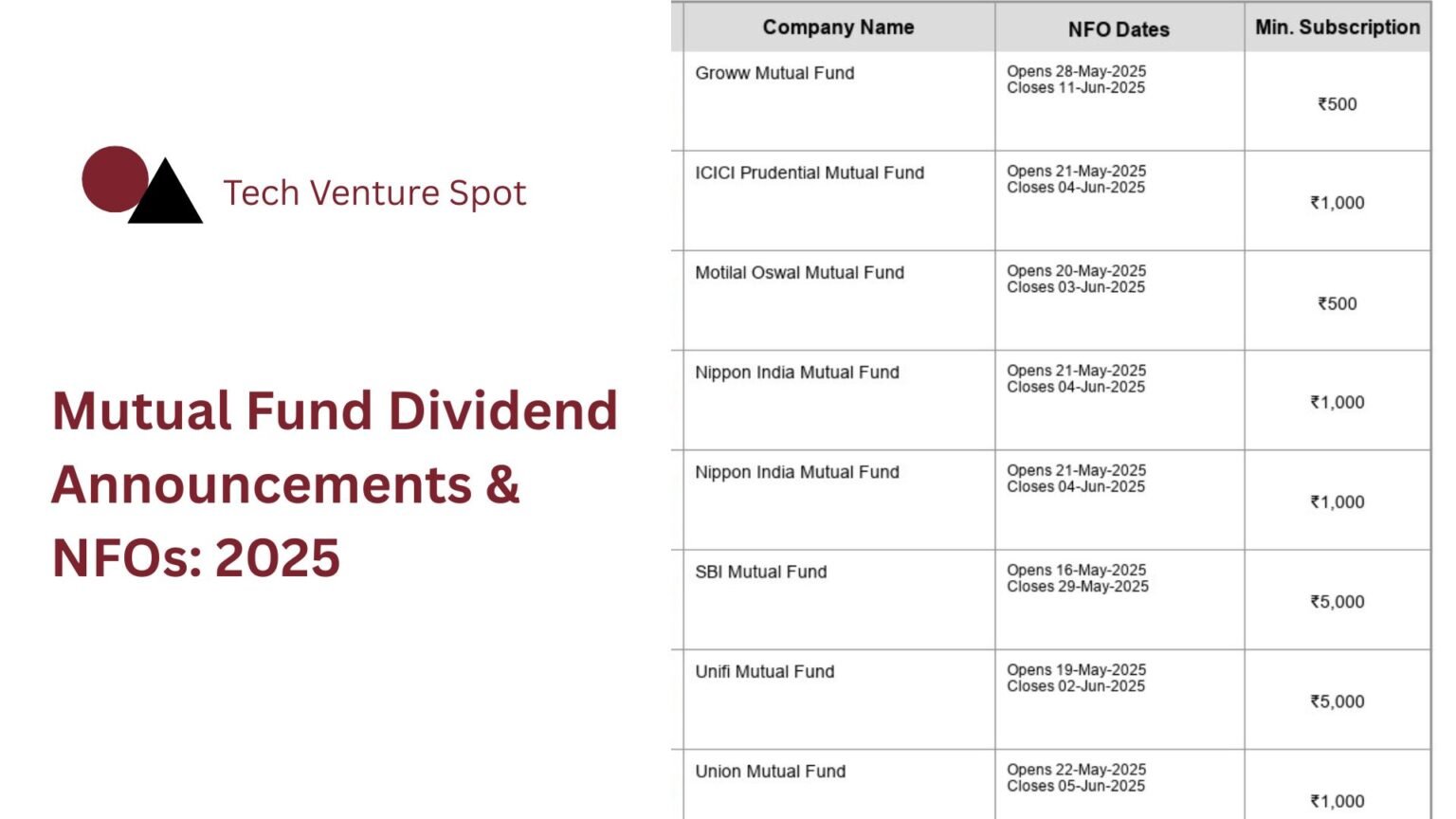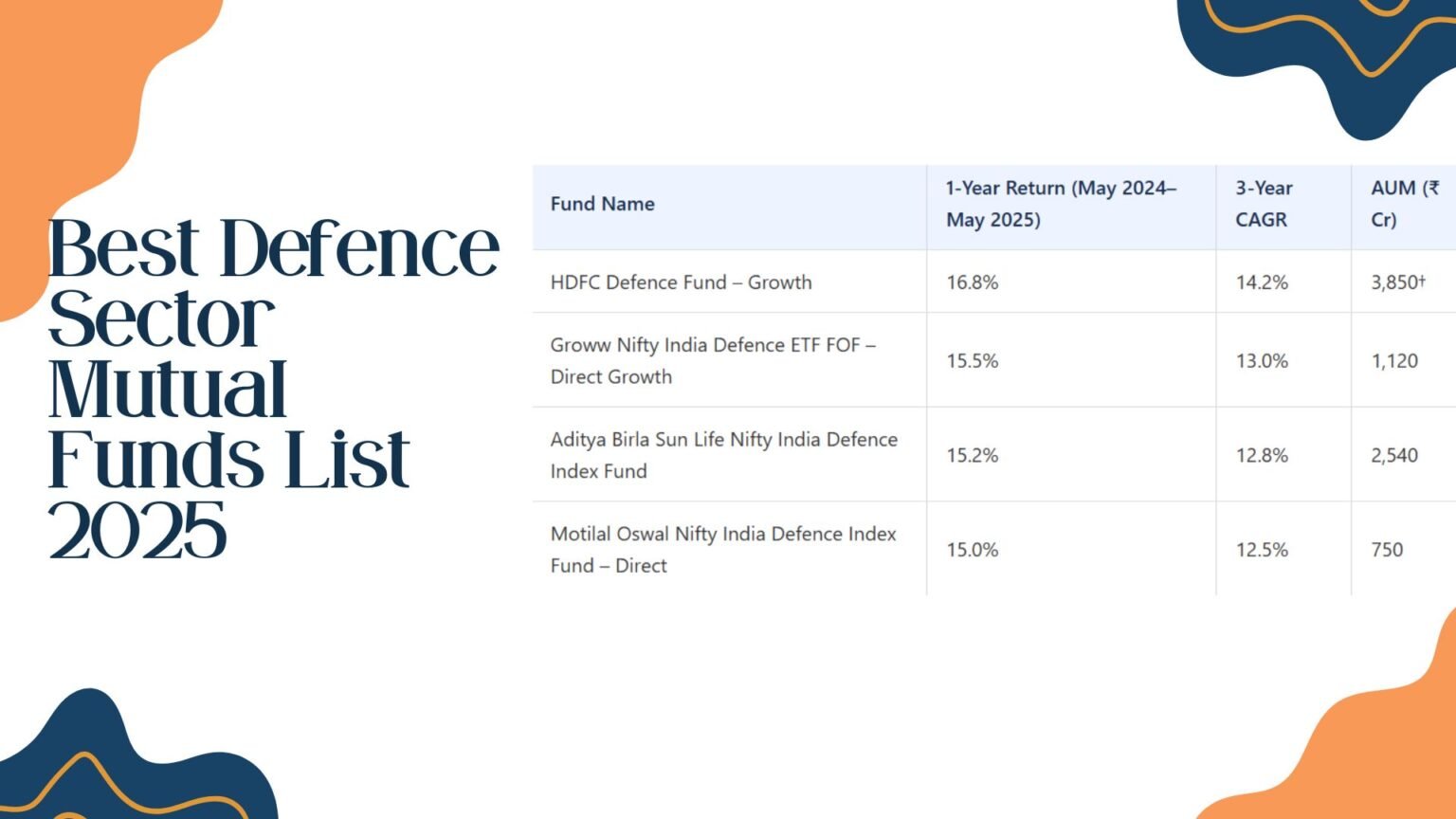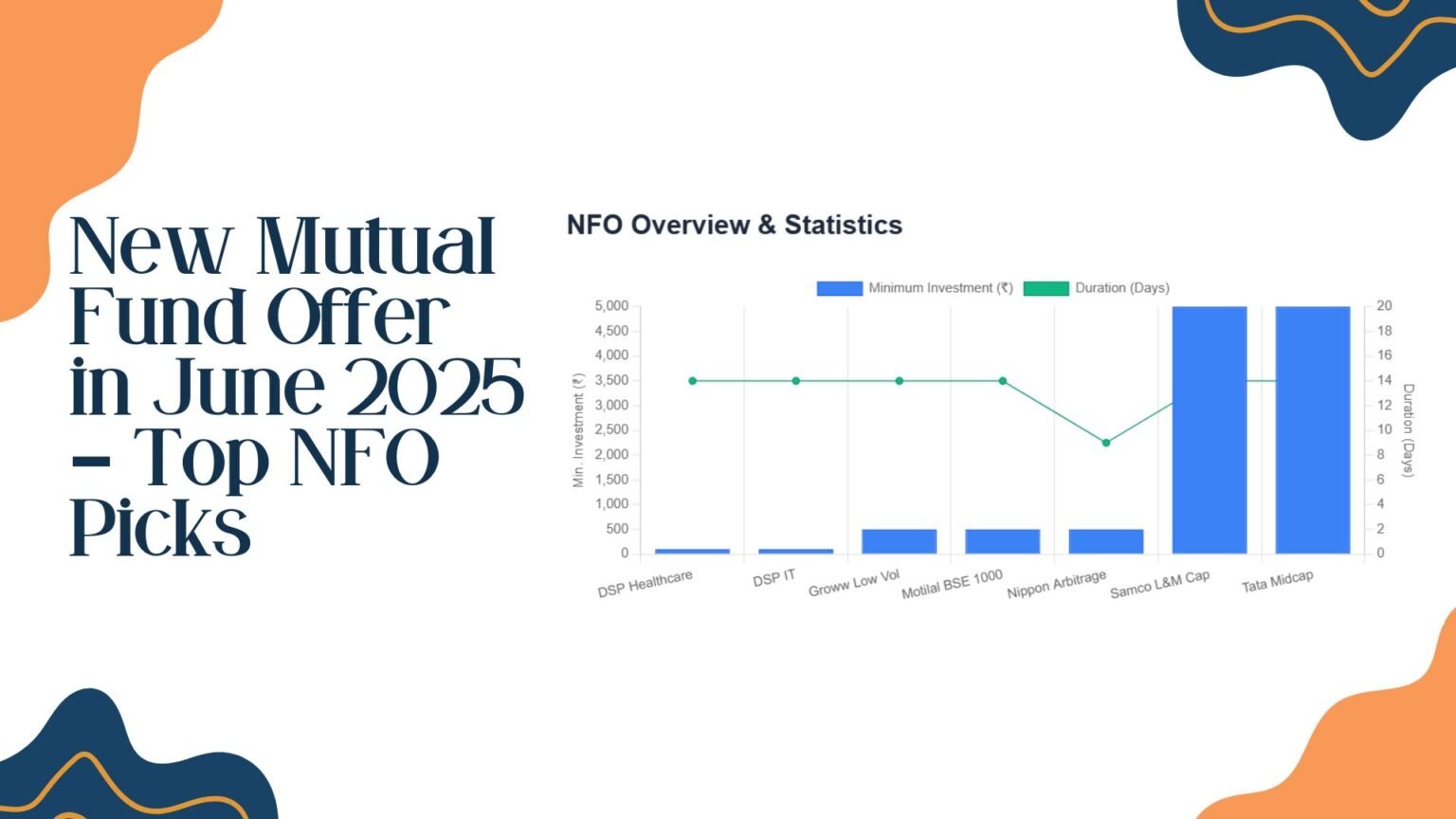Table of Contents
Introduction to AMCs and the Top 10 in India 2025
The top 10 Asset Management Companies (AMCs) in India for 2025 are pivotal in managing assets worth trillions of rupees across equity, debt, and hybrid schemes. AMCs function by pooling investor funds, strategically investing them in diverse portfolios, and actively mitigating risks. Their role is crucial in India's capital markets. Understanding the leading AMCs in 2025 provides insights into market confidence and emerging investment trends.
This overview examines India's Top 10 AMCs for 2025, covering Assets Under Management (AUM), ranking methodologies, and their success factors.
Defining Asset Management Companies (AMCs)
An Asset Management Company (AMC) is a regulated financial institution with several key functions:
- Gathers pooled funds from various investors.
- Invests these funds in financial products like stocks, bonds, and money market securities.
- Continuously monitors and rebalances investment portfolios.
- Aims to generate returns aligned with the specific objectives of each investment scheme.
In India, AMCs operate under the regulatory framework of the Securities and Exchange Board of India (SEBI), ensuring transparency, compliance, and investor protection.
Understanding Assets Under Management (AUM)
AUM, or Assets Under Management, represents the total market value of all securities an AMC manages on behalf of its investors. It's a primary indicator of an AMC's scale, investor trust, and operational capacity.
How AUM is Calculated
- Market Valuation: Sum of the current market value of all holdings.
- Cash Balances: Inclusion of liquid cash held within each scheme.
- Accrued Income: Unrealized income, such as dividends and interest.
Case Study: SBI Mutual Fund's AUM Growth
SBI Mutual Fund experienced significant AUM growth, crossing ₹10.7 lakh crore, notably by expanding its online scheme offerings to Tier-II and Tier-III towns. This highlights how strategic distribution can fuel AUM expansion.
Key Determinants of AMC Rankings
Market Trends and Economic Factors
- Equity Market Cycles: Bull runs in sectors like IT and Pharma can significantly boost AUM in equity-oriented funds.
- Interest Rate Fluctuations: Declining interest rates often channel investments towards hybrid and debt schemes.
- Investor Sentiment: Confidence among High Net-worth Individuals (HNIs) and retail investors, often driven by GDP growth forecasts, influences fund inflows.
Investors tracking the Top 10 AMCs in India for 2025 should monitor leading industries in large-cap equity funds, as these heavily influence total AUM.
Regulatory Adaptations and Compliance
- Climate-Related Disclosures: New SEBI regulations on ESG reporting have spurred AMCs like Kotak Mahindra and Axis to launch sustainable investing platforms, attracting ESG-conscious capital.
- Lower Expense Ratios: Caps on Total Expense Ratios (TER) can favor larger AMCs, allowing them to maintain cost competitiveness.
Investment Plans and Performance
- Active vs. Passive Management: Despite the rise of passive ETFs, active management, particularly by HDFC and ICICI Prudential, still commands a larger AUM share through diverse stock-picking strategies.
- Thematic Funds: The success of thematic funds, such as Nippon India's consumption and digital-themed offerings, underscores the demand for sector-specific investment products.
Top 10 AMCs in India 2025 by Average AUM
The following list details the Top 10 AMCs in India for 2025, ranked by their average Assets Under Management (AUM in ₹ Cr):
| Rank | Mutual Fund Name | Average AUM (₹ Cr) |
|---|
AUM Comparison of Top 10 AMCs (₹ Lakh Crores)
Comparative Analysis of Leading AMCs
Performance Metrics & Highlights
| AMC | Highlight Metric | Value/Observation |
|---|---|---|
| HDFC MF | 5‑Year CAGR (Equity Schemes Average) | 14.2% (Leads in consistency) |
| Nippon India MF | Sharpe Ratios (Mid-cap Funds) | 1.3 (Class-leading, indicating better risk-adjusted returns) |
| SBI MF | Asset Diversification (Balanced Funds) | Typically allocate around 50% to debt, cushioning market volatility |
Fee Structures & Expense Ratios
| AMC | Metric | Value/Observation |
|---|---|---|
| ICICI Prudential MF | Average Total Expense Ratio | Approximately 1.15% (Leverages scale for competitive pricing) |
| UTI MF | Exit Loads | Often features no exit load after three years, promoting long-term investment and AUM growth |
Customer Satisfaction and Service
| AMC | Metric | Value/Observation |
|---|---|---|
| Kotak Mahindra MF | Digital Experience (Mobile App Rating) | Rated 4.7/5 by an independent reviewer, indicating strong digital interface |
| Axis Mutual Fund | Grievance Redressal | Reduced complaint resolution time to 48 hours, enhancing investor confidence |
New Developments in the AMC Sector
Technological Innovations
- AI-Driven Portfolios: Aditya Birla has introduced robo-advisor products for customized asset allocation with minimal human intervention.
- Blockchain for NAV Transparency: Tata MF has trialed blockchain-based NAV calculation to ensure tamper-proof and transparent valuations.
Sustainable and Responsible Investing (ESG)
- Green Bonds & ESG Funds: DSP Mutual Fund's ESG AUM doubled in 2025, reflecting strong investor demand for stewardship-focused portfolios.
- Impact Measurement: Upcoming SEBI regulations on impact funds are expected to benefit AMCs with robust CSR and sustainability initiatives.
Key Regulatory Developments Shaping AMCs
The AMC landscape is continually evolving due to significant regulatory changes:
SEBI's new mandates on Environmental, Social, and Governance (ESG) reporting are driving growth in sustainable investing.
Ongoing adjustments to TER caps by SEBI influence AMC profitability and competitiveness, often benefiting larger players.
The launch of a unified Know Your Customer (KYC) process for mutual funds aims to simplify investor onboarding significantly.
SEBI's directives for AMCs to use simpler, more understandable names and documentation for mutual fund schemes.
New SEBI regulations are expected to provide a clearer structure for impact funds, promoting investments in social and environmental causes.
Conclusion: Key Takeaways
The Top 10 AMCs in India for 2025, collectively managing an AUM well over ₹500 lakh crore (approximately ₹5184 lakh crore based on the provided table data), demonstrate the sector's significant scale. Their market positions are influenced by economic cycles, regulatory shifts, and technological advancements. Comparative insights highlight HDFC's consistency, Nippon India's strong risk-adjusted returns, and SBI's dominant AUM size.
Final Thoughts on India's AMC Landscape
When evaluating the Top 10 AMCs in India for 2025, remember that past AUM leadership doesn't solely predict future success. It's crucial to delve into each fund house's investment strategy, cost structures, and commitment to innovation. Whether you are a retail or institutional investor, aligning your financial objectives with a suitable AMC is key to navigating India's dynamic financial markets effectively.
SOURCE NAME: AMFI (Association of Mutual Funds in India) is cited as the most official and reliable source for such data.
🔗 Visit AMFI: https://www.amfiindia.com
FAQs: Asset Management Companies in India
SBI Mutual Fund was the biggest AMC in India in 2025, with an average assets under management (AUM) of nearly ₹10.7 lakh crore. Because of its large network, many types of schemes, and trusting customers, this scale is very broad.
The three main AMCs in India by AUM in 2025 are:
| Rank | AMC Name | Assets Under Management (AUM) |
|---|---|---|
| 1 | SBI Mutual Fund | ₹107,294,899.19 Crore |
| 2 | ICICI Prudential Mutual Fund | ₹87,941,197.82 Crore |
| 3 | HDFC Mutual Fund | ₹77,399,814.70 Crore |
Note: The AUM figures presented are as per the provided text. The bar chart visualizes their relative sizes based on these figures.
All investments in equity, debt, or cash, including any accrued earnings, are used to figure out the AUM of an AMC. It’s determined by summing up:
- All the securities you hold today have a total market value.
- Cash and cash equivalents.
- Interest earned on the loan and payouts from the shares.
Managing more assets generally shows:
- Establishment & Lower Risk: A firm’s establishment, has less risk, and works smoothly.
- Lower Fees: Due to their high AUM, AMCs can negotiate lower fees, which may lead to lower expenses for their investors.
- Many Choices: Big AMCs generally give investors more types of equity, debt, hybrid, and themed funds to select from.
Not necessarily. Because AMCs such as SBI, ICICI Prudential, and HDFC are huge, their performance is guided by what the fund managers do and what is going on in the market. Always take a look at how the scheme has done in terms of returns, how high the risk is (according to its Sharpe ratio), and what the management fees cost.
Updates in the industry—such as tighter limits on costs, better ESG reporting, and universal KYC processes—have been more helpful for big AUM managers than for smaller ones by:
- Eliminating expense-related losses.
- Encouraging greater amounts of money invested in ESG and thematic strategies.
- Making customer sign-ups at fund houses less complicated.
To keep its average total expense ratio down to 1.15%, ICICI Prudential Mutual Fund takes advantage of its bulk to offer low-cost funds. It’s important to compare how much the funds charge before you invest in each category.
Look at these elements:
- Historical Performance: Risk-adjusted historical results for ranges of 3 to 5 years.
- Expense Ratios: Lower costs in fees can increase the amount you earn compared to the expenses.
- Digital & Customer Experience: The time it takes to solve customer complaints.
- Manager Background: A look at the portfolio managers’ experience and results.
Generally, yes. Typically, AMCs with greater size operate broader distribution, call centers for customer use, and digital websites.
Axis Mutual Funds settled investor complaints within only 48 hours, reflecting how well-supported their customers are.
(Note: The question refers to "automotive maintenance companies" which seems like a typo from the source text, context implies "Asset Management Companies".)
- Check the Association of Mutual Funds in India (AMFI) website for monthly information on AUMs.
- Access fund house websites to obtain quarterly figures for their assets and performance.
- Register yourself with financial websites that update AMC tables and study industry trends often.







Pingback: Mutual Fund Dividend Announcements & NFOs: 2025